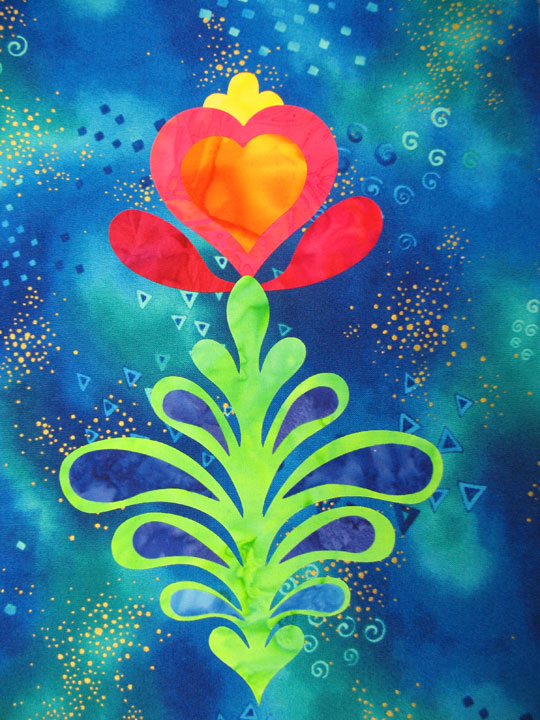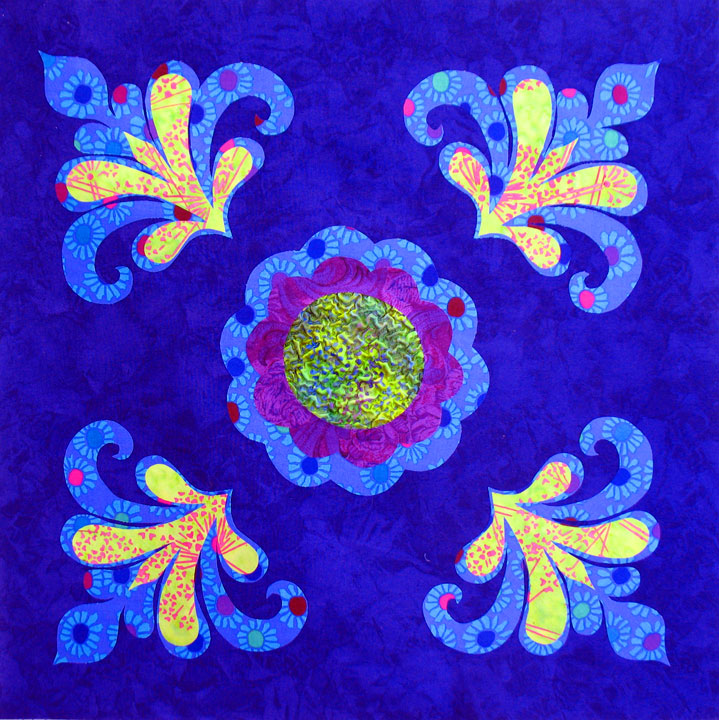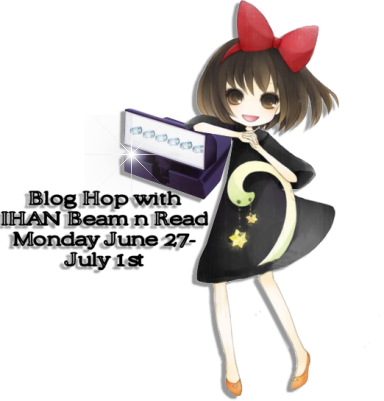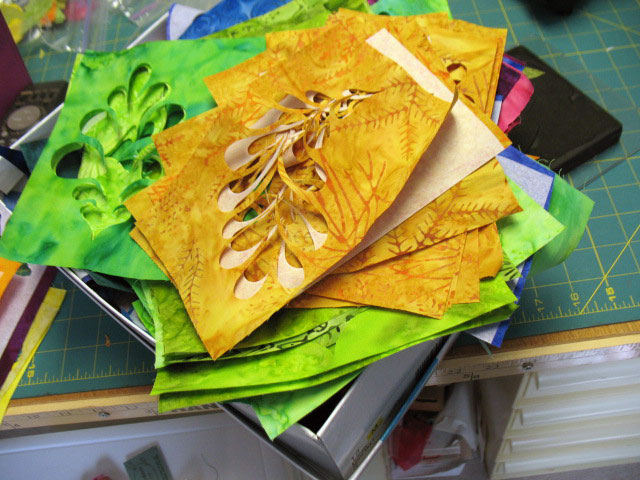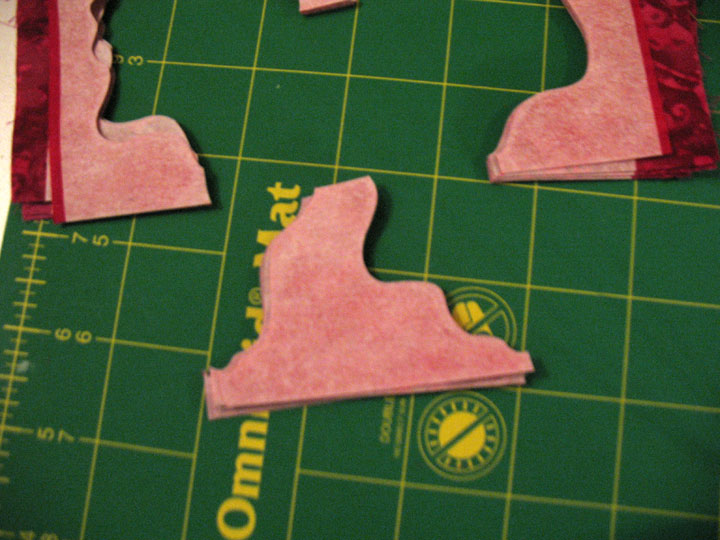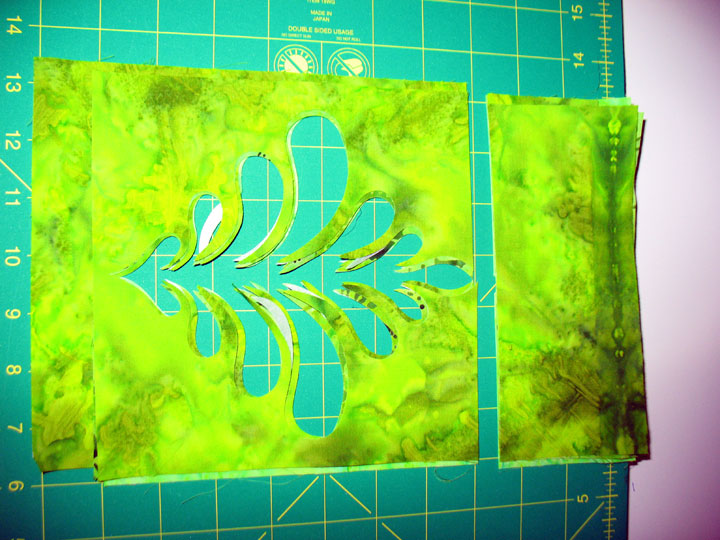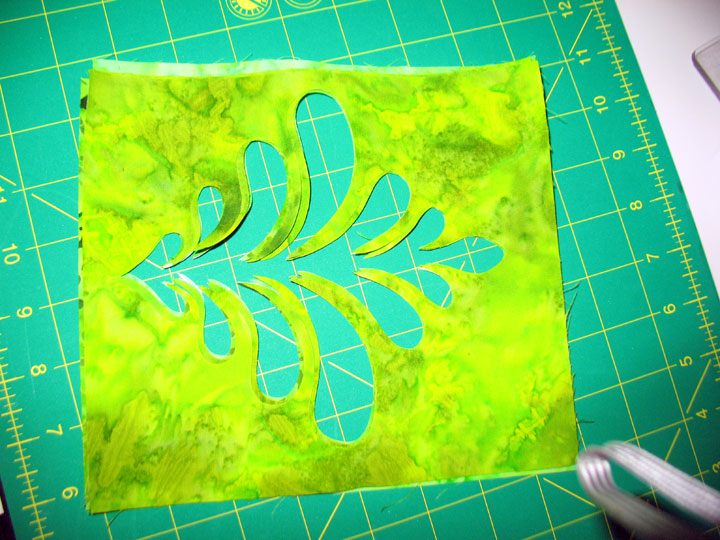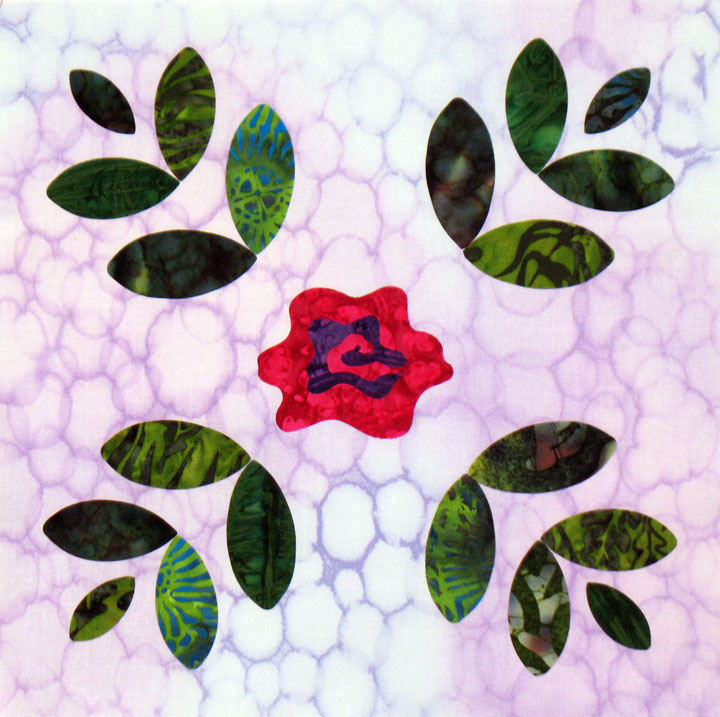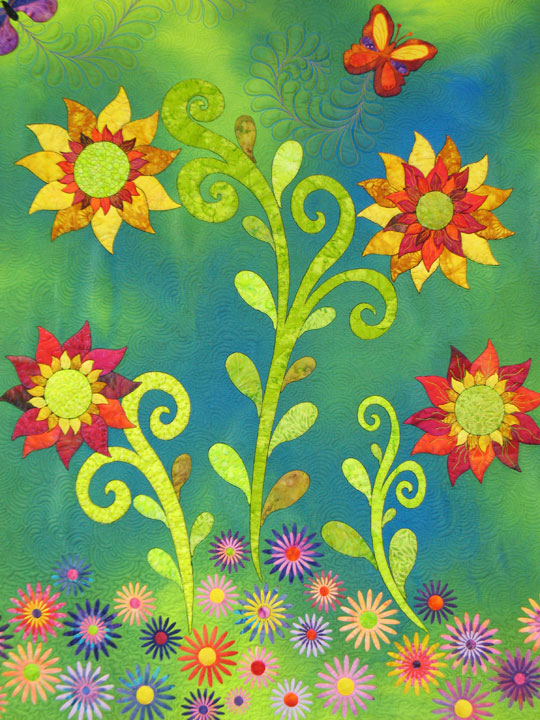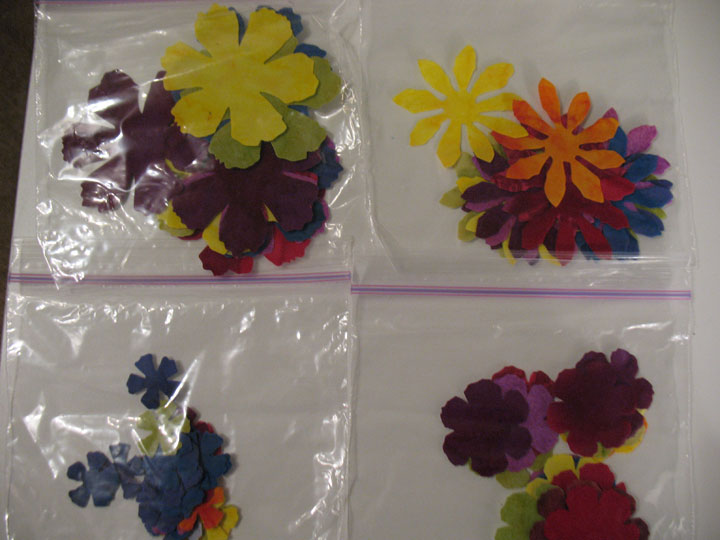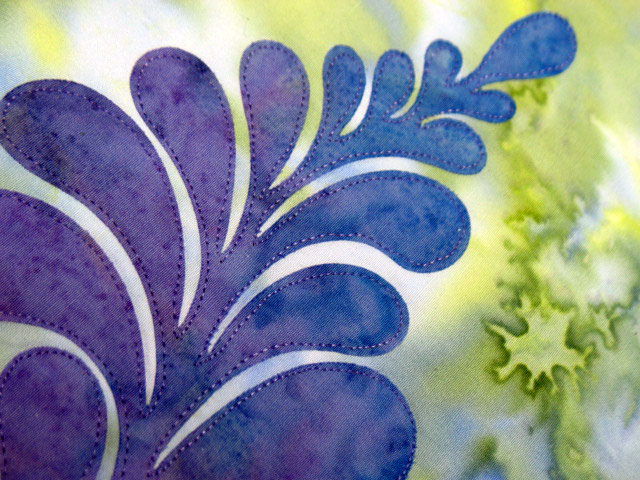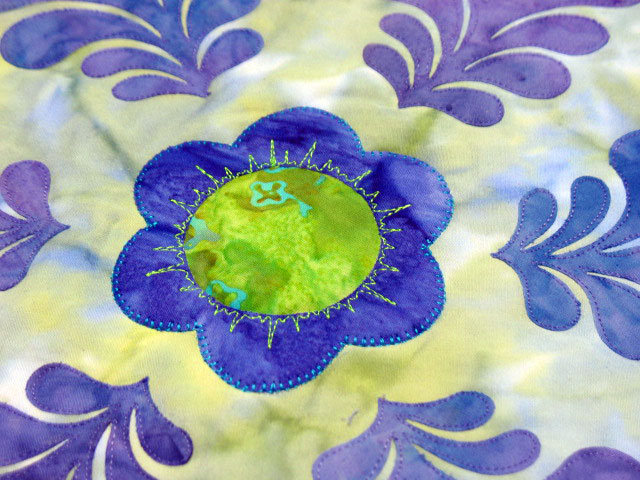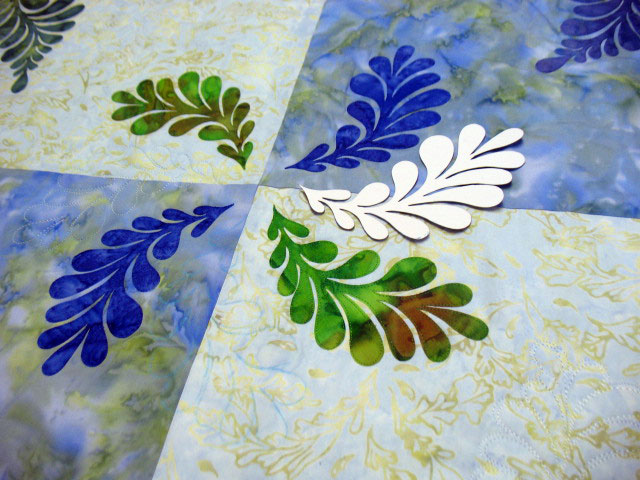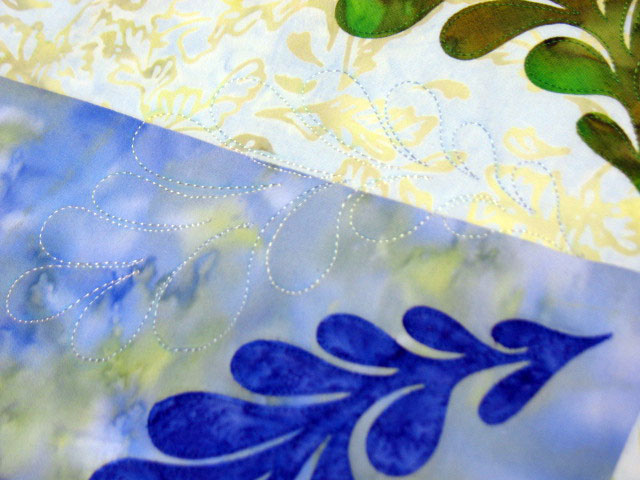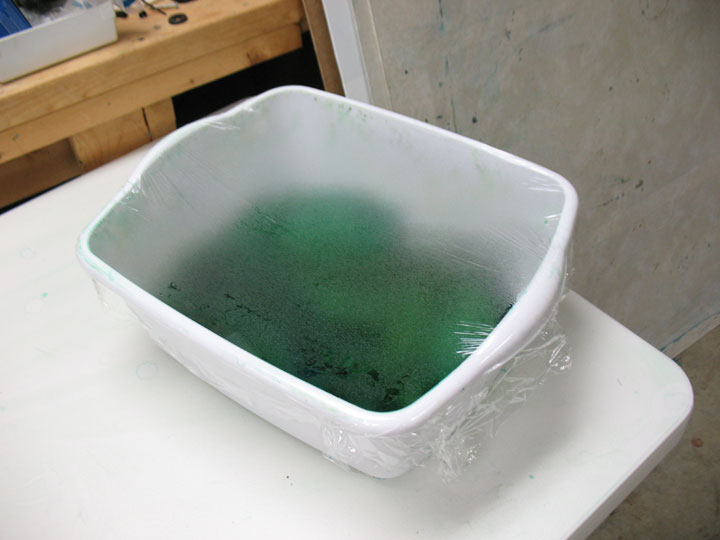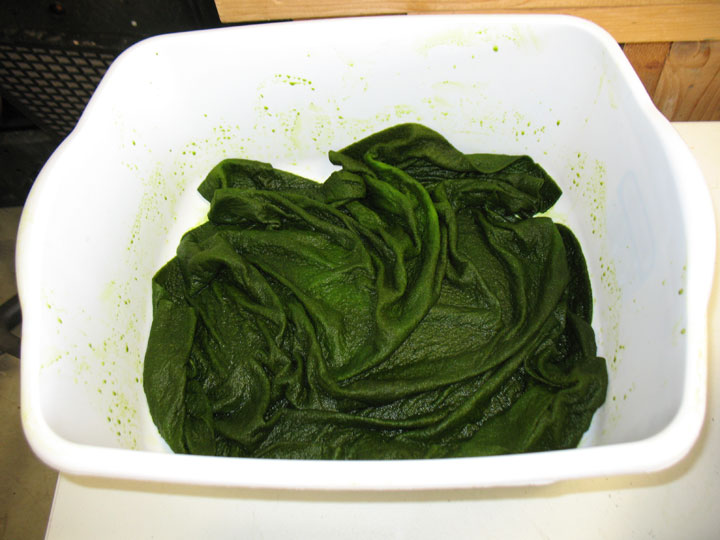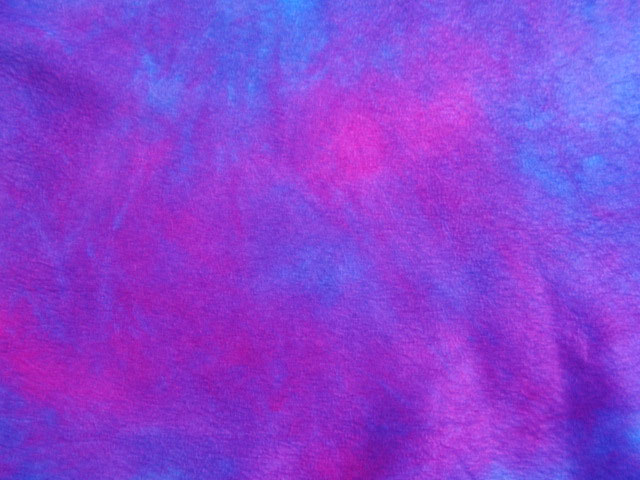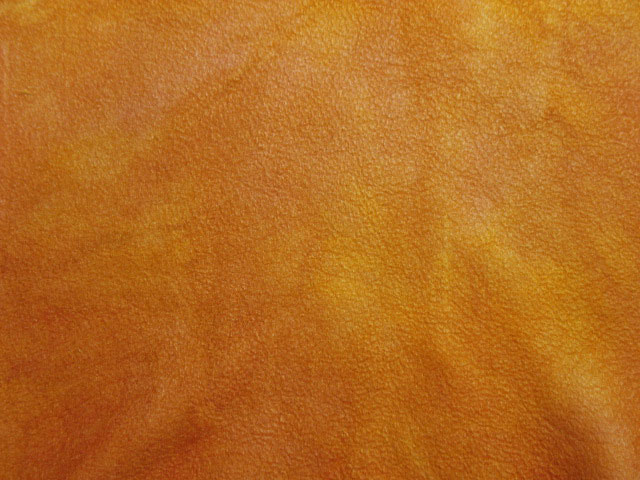Worlds Collide!
Worlds collided in my sewing room today, as Sizzix, Accuquilt and Appli-K-Kutz dies each played a role in a quilt block coming to life! These cutting dies are making life much easier for me and I’m finding that I can mix and match contributions from each line of dies to come up with an end product that pleases me. For this block, I used the Sizzix teardop die, the Accuquilt heart shapes die, and the Appli-K-Kutz straight feather large and plume family dies. I forgot to take the “bare naked” photos at the very beginning, so this transformation of a ho-hum block into something more interesting won’t be very dramatic. Imagine this first photo without any “teardrops” inside the leaves and you’ll have a sense of how much adding layers of new colors has added:
(The photo doesn’t show this, but those internal teardrops are not all the same color. The “pairs” of teardrops are all the same, but there are 2 shades of blue and a purple pair.) Next up, I added some internal teardrops inside the flower “petals:”
…and then in the last addition, threw in a pair of turquoise teardrops into the smaller heart of the flower:
This is not the new project that I alluded to earlier, I just need to get that project further along before the pictures will mean anything, but I’ll share those soon!



